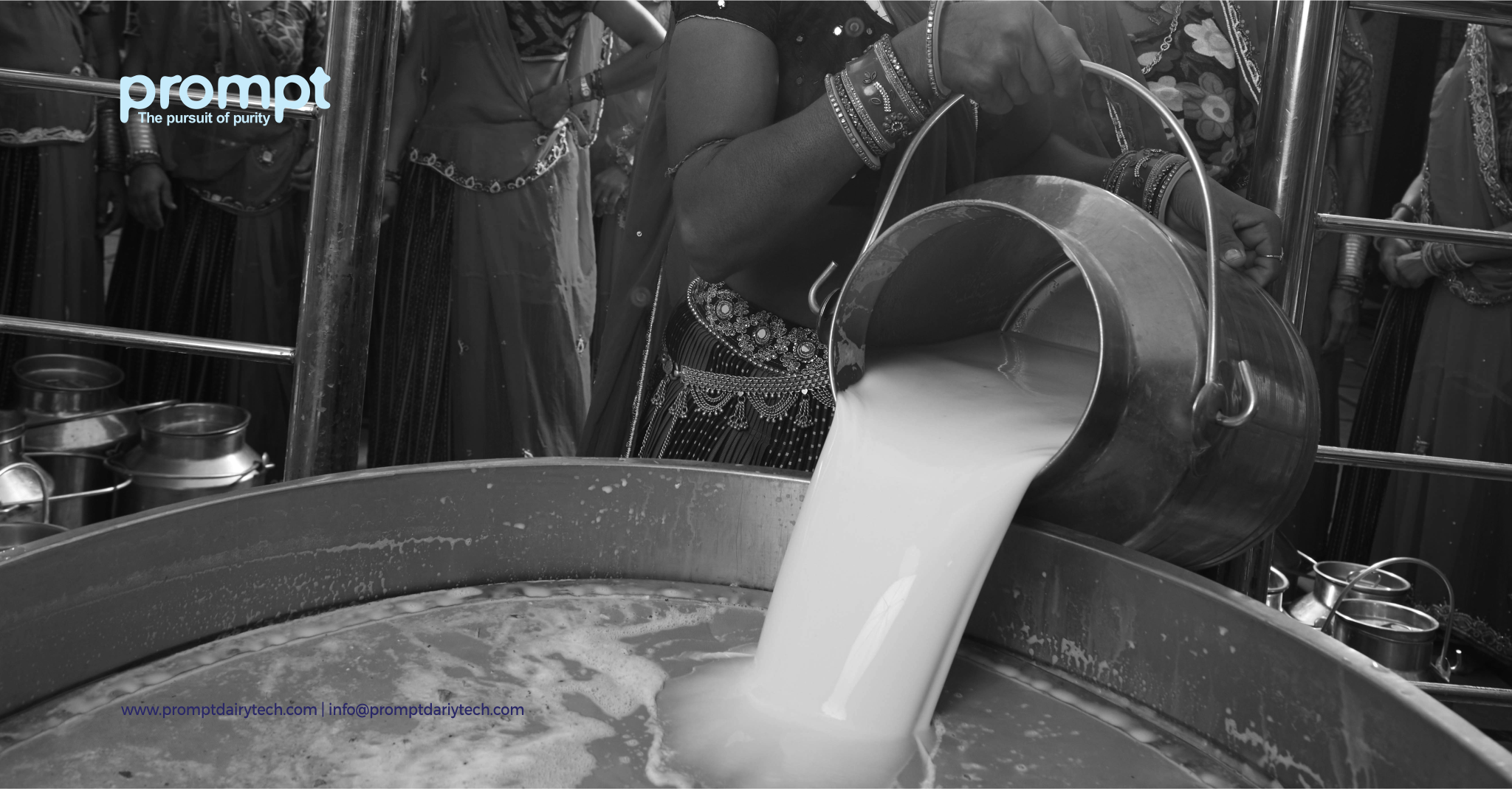For decades there have been various kinds of alternatives to chilling milk, from milk storage containers to coolers or even buckets. There are traditional and unique ideas for chilling milk and keeping the production of raw milk pure and sanitary all through the world. However, Prompt’s instant milk chilling machine is a unique technology that looks at chilling and storing raw milk in a sustainable and affordable format. The technology definitely goes a step beyond chilling milk and looks at the various ways in which farmers can benefit from the product. The idea behind MilkoChill is not just to have an instant chilling solution but to make raw milk production a lucrative and cost-effective business in developing countries like India.
One of the many unique vital benefits of this product is that the technology is designed so that the farmers can avoid wastage of any milk right at the source of production. This instant milk chiller is made to be used directly at the farmer’s doorstep, even without the worry of any electricity shortage. The technology’s design patented by IIT, Mumbai, has an evaporator and multi-utility heat pump capable of generating hot water. This is made possible due to the heat recovery system, which is a by-product of the design, allowing the production of up to 100 LPD of hot water. This water can be used to clean and maintain sanitation at the farm as well.
Since the energy consumption is less than 1000 Watts and the milk chiller can take up to 250 litres of milk an hour, this product becomes a good investment source for the farmers, with a decent ROI. The machine’s user-friendly design and simple functioning mechanisms make it the ideal milk chilling machine for the average Indian farmer. The design is also sustainable as it can be connected to a grid or solar power. With such affordable and sustainable features in place, MilkoChill aims at making the process of chilling milk relatively more accessible for the regular Indian farmer living in dry and tropical villages, struggling to keep the business profitable.



